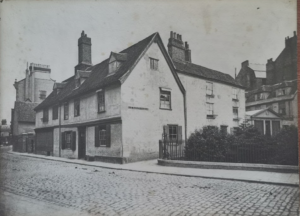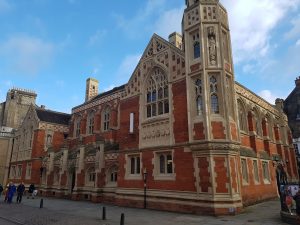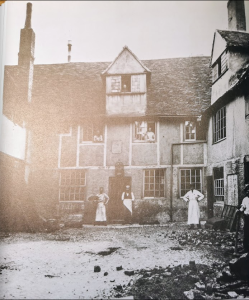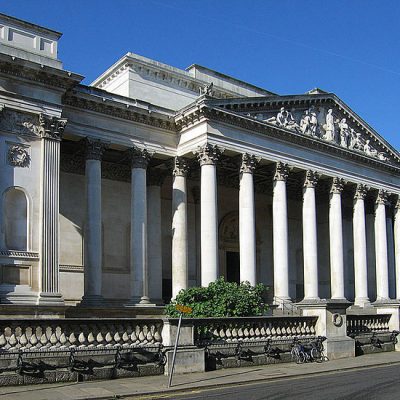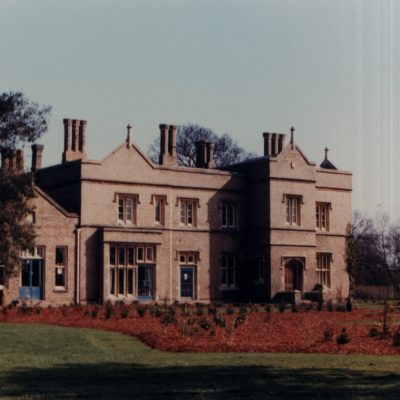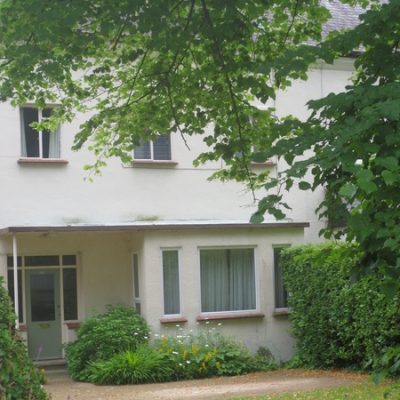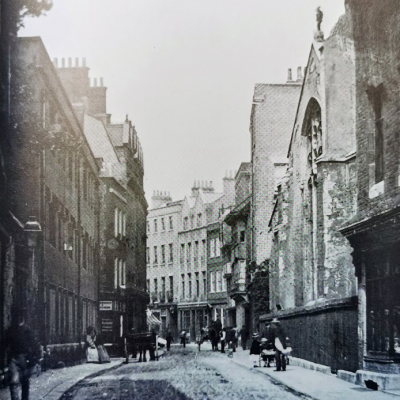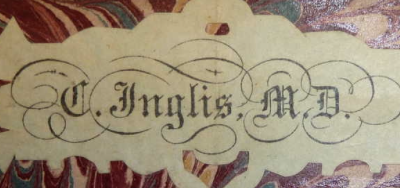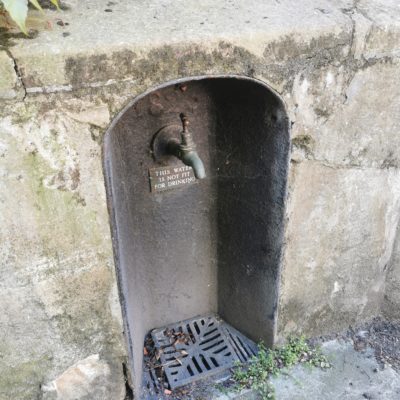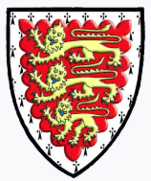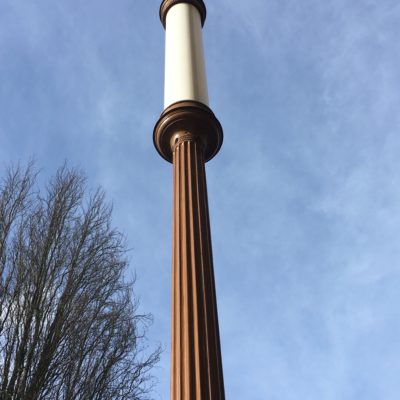Search by topic
- archaeology
- architecture
- bricklayer
- Building of Local Interest
- carpenter
- church
- crime
- dressmaker
- fire
- Great Eastern Railway
- listed building
- medieval
- oral history
- Public House
- Rattee & Kett
- Religious House
- Roman
- scholar
- school
- Then and Now
- tudor
- women
- work
- world war one
- world war two
Search by text

Old Divinity School, St John’s Street
History of Old Divinity School, Trinity Street
This building existed on the site prior to the building of the Divinity School in 1878. Note the old church yard, the name on the wall and the large chimney stack on the far left which still survived. There were stables and chambers for scholars of St John’s College, called the Pensionary.
The Divinity School was built by Basil Champneys in 1878-9 following a competition in 1876. Pevsner describes it as early Tudor, ‘the treatment lively and not at all pedantic, staircases at both ends, each an intricate play of stone shafts and vaults – forerunners of Champneys’ Rylands Library at Manchester.’
When the foundations were being dug, the ground was found to be full of skeletons of bodies thrown in at the time of the Black Death, mid 14th cent.
1877
1881
Thomas Hammond, 50, curator, b Surrey
Ann, 45, b Fulham
Frederick, 16, clerk to robemaker, b Cambridge
Thomas, 14, apprentice to chemist, b Cambridge
1891
1901
Thomas Hammond, 70, custodian, b Surrey
Annie Chapman, 44, housekeeper, b Cambs
1911
Frederick Harris, 45, attendant Cambridge University, b Oxford
Louisa, 45, b Cambridge
1913
Selwyn Divinity School
Canon Henry Barclay Swete DD, Regius Professor of Divinity
Frederick Harris, attendant
J F Miller and Sons, Wine Vaults
Contribute
Do you have any information about the people or places in this article? If so, then please let us know using the Contact page or by emailing capturingcambridge@
License
This work is licensed under CC BY-NC-SA 4.0








